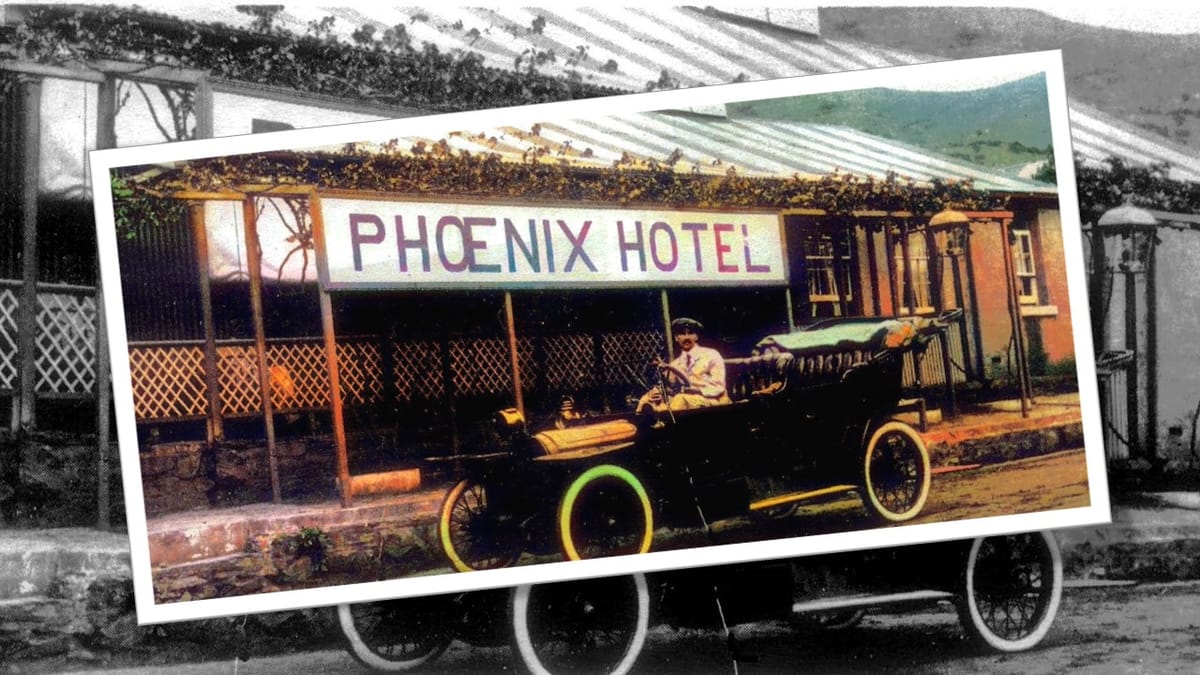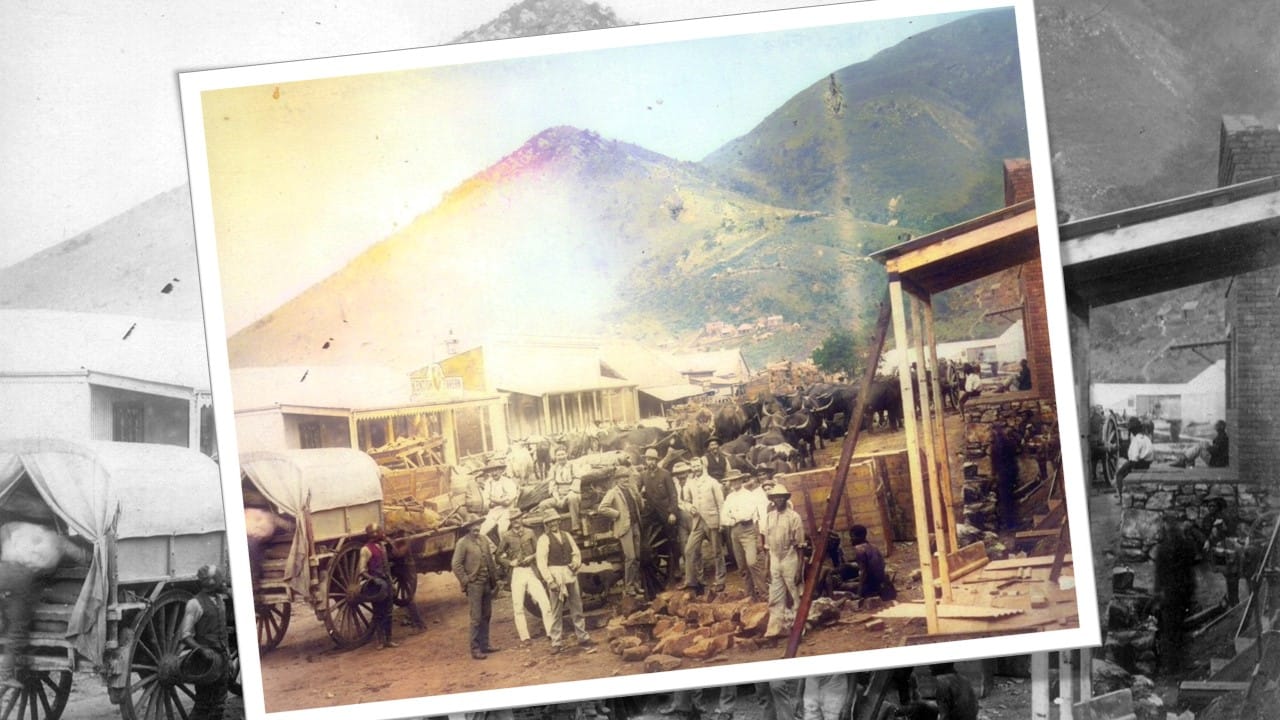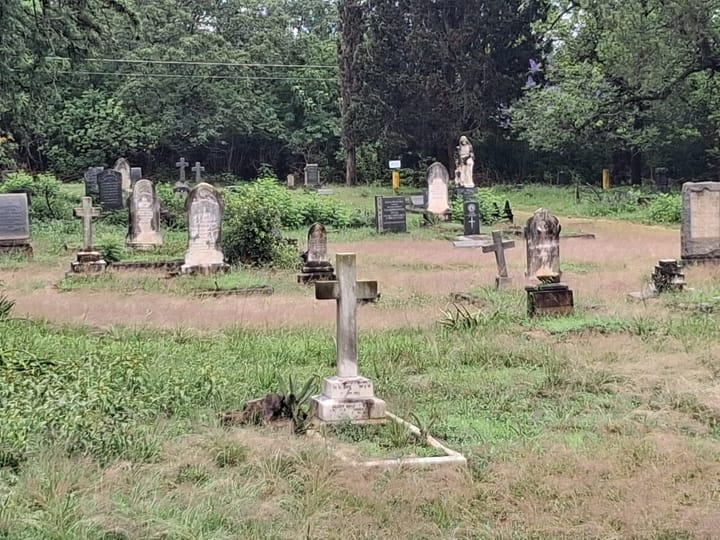Barberton celebrates 141 years of golden beginnings
The story of Barberton begins in June 1884, when Graham Barber and his cousins Fred and Harry discovered a rich gold reef at Umvoti Creek.

This week, Barberton celebrates a remarkable milestone: 141 years since its official founding on July 24, 1884. What began as a rough mining camp nestled in the De Kaap Valley rapidly transformed into one of the most vibrant and colourful frontier towns of the 19th-century Transvaal. Today Barberton has turned from a gold rush town to a historical jewel of the De Kaap Valley.
The story of Barberton begins in June 1884, when Graham Barber and his cousins Fred and Harry discovered a rich gold reef at Umvoti Creek. Their find quickly sparked one of the earliest gold rushes in South Africa. Just a month later, on 24 July, Gold Commissioner David Wilson formally proclaimed the new town, smashing a bottle of gin over a rock in the absence of champagne.
Barberton was named in honour of the Barber brothers, and almost overnight, the once-quiet valley was overrun by prospectors, traders, gamblers, and adventurers.
Within months, Barberton boomed. Thousands poured into the area, and by 1886, the population had swelled to more than 8 000. Rows of corrugated iron buildings, canteens, and trading stores sprang up. There were over 200 licensed bars, music halls, saloons, billiard rooms and even two stock exchanges, the first ever in the Transvaal.

The town earned a reputation for both opportunity and excess. Fortune-seekers came chasing wealth, and many found fleeting riches. Others, drawn by the glitter of gold, stayed for the camaraderie and the chaos.
In 1885, the discovery of the Golden Quarry by prospector Edwin Bray marked another turning point. Situated in what is now the Sheba Mine, this became one of the richest gold reefs ever unearthed. To this day, Sheba remains one of the oldest operational gold mines in the world.
Barberton’s geology proved so exceptional that the region now forms part of the Barberton Greenstone Belt, home to 3.5-billion-year-old rock formations. This ancient terrain has attracted scientists and geologists from around the globe.
Barberton was more than just a mining town. It was a stage for larger-than-life characters. One of the most legendary was Cockney Liz, a vivacious barmaid and entertainer who became a local celebrity at the “Red Light Canteen”. With feathers in her hair and a pistol in her garter, she embodied the town’s fearless frontier spirit.

Other legends include the likes of “French Bob”, an early prospector; and figures like Sammy Marks, whose Lewis & Marks Building was the first double-storey structure in the old Transvaal.
Many original buildings from the 1880s survive today and can be visited on the Barberton Heritage Walk, including:
- Phoenix Hotel (opened 1886) which is one of South Africa’s oldest still-operating hotels.
- Stopforth House Museum that give you a glimpse into a working-class miner’s life.
- The old Masonic Temple, Belhaven House, and the façade of the Barberton Stock Exchange all form part of this living archive.
Barberton is also home to the famed Barberton Daisy (Gerbera jamesonii), first recorded in the region in the late 1800s. Today, it remains a beloved botanical symbol of the area and a tribute to the town’s natural beauty.
As Barberton turns 141, its legacy shines brighter than ever. From its explosive start during the gold rush to its role today as a living museum of geology, heritage, and adventure, this town remains one of the most historically significant sites in the country.
Barberton’s story is not just one of gold, but of grit, growth, and a community that continues to honour its remarkable beginnings.





Comments ()